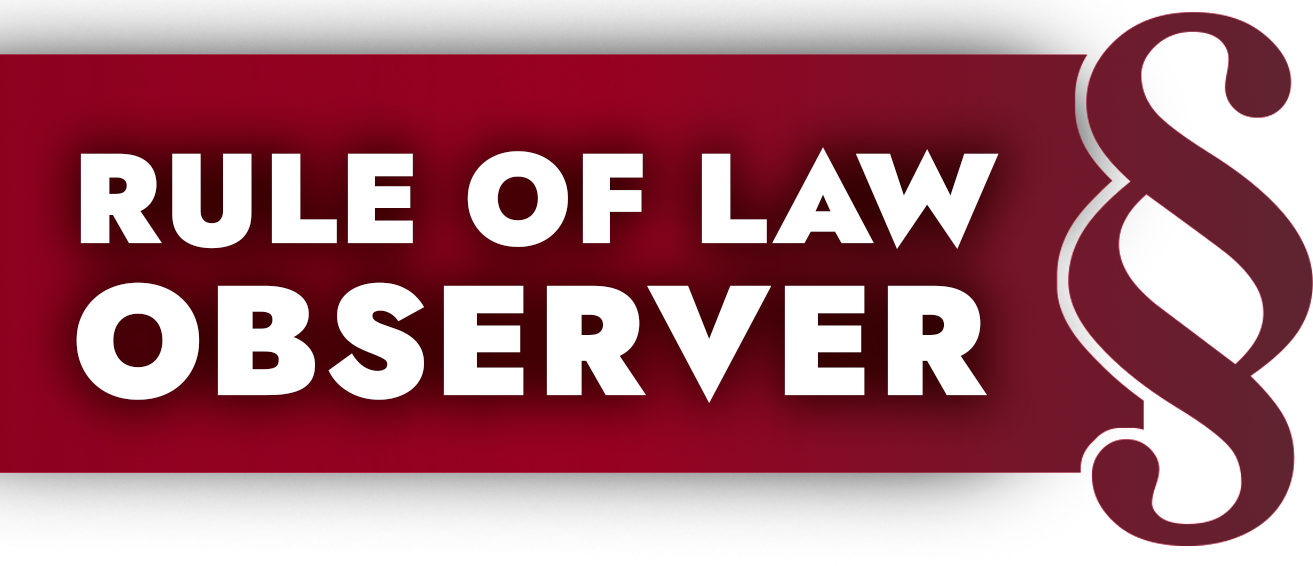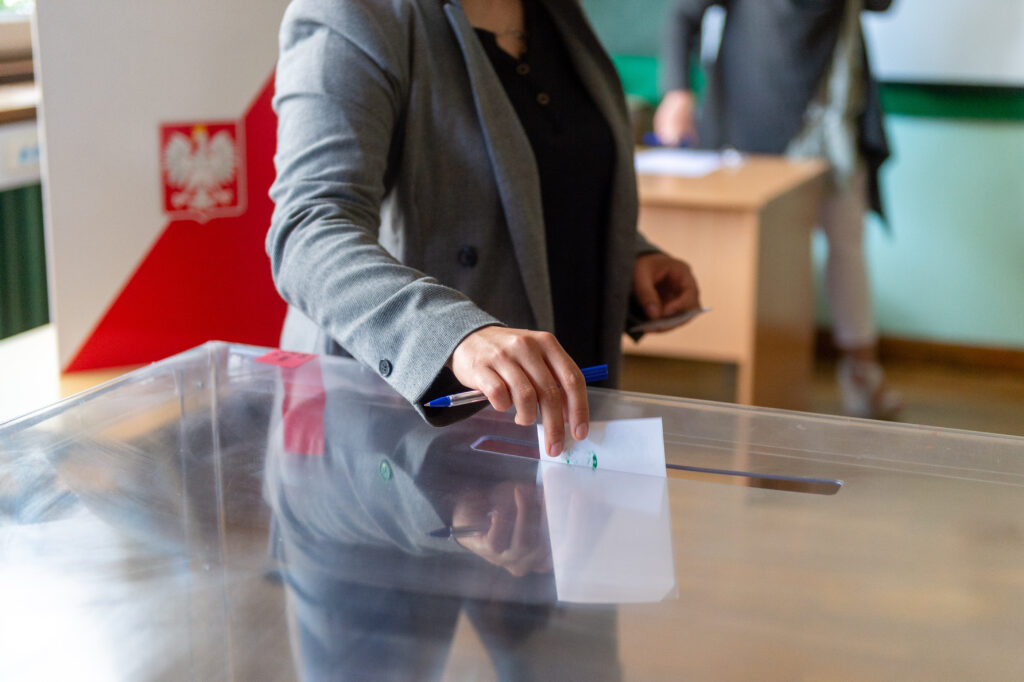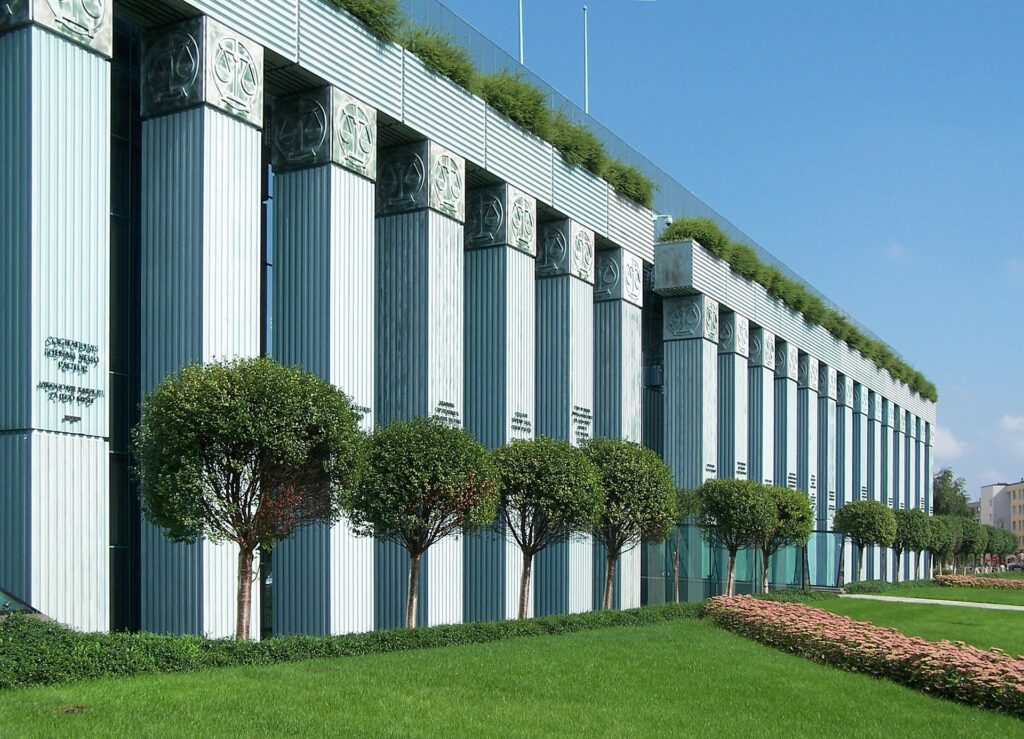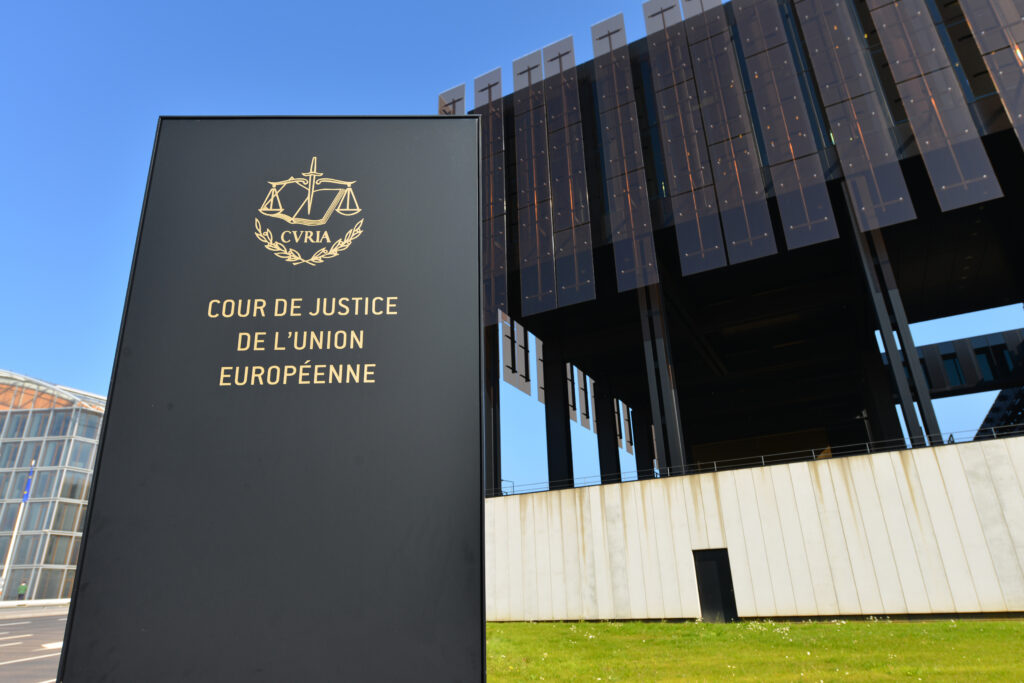Some politicians associated with the current government are questioning the status of the Extraordinary Review and Public Affairs Chamber of the Supreme Court, which, according to the current Electoral Code, is competent to rule on the validity of the upcoming presidential elections. Meanwhile, neither the committees of candidates participating in the elections, which lodged complaints to this Chamber against the resolution of the National Electoral Commission, nor the National Electoral Commission itself, which amended its resolution in accordance with the Chamber’s decision, have any such doubts.
Yesterday (7 April), the Supreme Court considered complaints lodged by the election representatives of three committees of candidates for the President of the Republic of Poland: Magdalena Biejat, Marek Jakubiak and Karol Nawrocki, against Resolution No. 165/2025 of the National Electoral Commission of 23 April 2025 on guidelines for precinct election commissions regarding the tasks and procedures for preparing and conducting voting in polling stations established in the country for the presidential election scheduled for 18 May 2025. In its decisions (reference numbers I NSW 18/25, I NSW 19/25 and I NSW 20/25), the Supreme Court found several inconsistencies between the National Electoral Commission’s Resolution and the Election Code.
First of all, the Supreme Court questioned point 43(1) of the resolution insofar as it referred to the possibility of voters confirming their identity using the mObywatel application. The Supreme Court did not question the possibility of using the application for this purpose, as it follows directly from Article 7(4) of the Act on the mObywatel application. At the same time, the Supreme Court stipulated that:
However, where the data is displayed on the screen of a device belonging to the voter, appropriate measures must be taken to enable the Commission to confirm that the data displayed on the screen is reliable, secure and up to date. The guidelines should contain a clear and comprehensible description of such measures.
The Supreme Court then pointed out that the text of the resolution does not meet the above requirement because:
the content of the Guidelines is not sufficient to enable the Commission to confirm that the voter data displayed on the screen of the device is reliable, secure and up to date.
In view of the above, the Supreme Court imposed an obligation on the National Electoral Commission to amend the guidelines by supplementing them with detailed instructions on the verification of electronic voter ID data in the mObywatel application, visual security measures and the correct functioning of the service enabling the handling of this document. Such guidelines were deemed necessary to enable members of the precinct commission to confirm that the voter data displayed on the device screen is reliable, secure and up to date.
The second reservation concerned a minor issue – point 17 of the guidelines, which provided for the possibility of social observers (persons with similar powers to scrutineers but not affiliated with any of the committees) to identify themselves with a certificate issued by the social organisation on whose behalf they perform their duties, not in authentic form bearing the physical, handwritten signature of the organisation’s representative, but in the form of a digital scan. The Supreme Court stated that accepting such a solution could encourage abuse, consisting of unauthorised persons impersonating social observers. Such persons could then monitor the work of polling station committees during activities such as preparing for voting, determining the results of voting or drawing up the report, even though they would not be authorised to do so. The Supreme Court also pointed out that this solution unjustifiably differentiates between social observers and scrutineers, as the guidelines do not allow the latter to use scans of certificates confirming their status. However, the Electoral Code does not distinguish in any way between the requirements for these two groups. Therefore, in this respect, the National Electoral Commission must amend its resolution by deleting the sentence ‘The certificate may be presented as a digital copy bearing the voter’s handwritten signature (in the form of a scan)’.
The Supreme Court also addressed two other objections to the resolution, but this time it did not uphold them. Firstly, in response to requests to add to point 45(1) of the guidelines, concerning voting outside the place of residence on the basis of a certificate of voting rights, the right of members of precinct commissions to verify the authenticity of certificates by directly checking the data in the Central Electoral Register, the Supreme Court stated that this would be contrary to the law.
The list of entities with access to the Central Register is exhaustively defined in Article 18 § 8 of the Electoral Code and does not include members of precinct election commissions.
However, the Court’s ruling on points 93-95 of the guidelines is interesting, as they guarantee the right to vote to persons who, at 9 p.m., i.e. the statutory time of the end of voting, are standing in line in front of the polling station. The Electoral Code only provides in this regard that: At the end of voting, the chair of the district electoral commission orders the end of voting. From that moment on, only voters who arrived at the polling station before the end of voting (Article 39 § 4).
However, the Supreme Court took the view that:
A voter cannot suffer negative consequences of the polling station not being adapted to accommodate a larger number of people.
The ruling even noted that adhering to a strict interpretation of ‘arrival at the polling station’ as an obligation to be physically present there could result in a sudden crowding of a large number of voters just before 9 p.m. in what are often small rooms, which would not only adversely affect the possibility of exercising the right to vote in secret, but could even lead to errors in determining the results of the vote. At the same time, the Supreme Court stated that in practice it could be difficult to determine the exact boundaries of the polling station (whether it is only the room where voting takes place or the entire building or at least a large part of it) and who is actually physically present there (in the case of, for example, persons standing at the threshold or only partially crossing it).
The Supreme Court agreed that the presence of persons waiting to vote in queues outside the polling station after the end of the polling day may lead to various risks, such as attempts by outsiders to influence those voters. However, the Court did not find it necessary to clarify the guidelines in this respect.
Without questioning the Court’s ruling, it is possible to supplement its reasoning by pointing out that, from the point of view of legal certainty, it would be desirable for the regulations concerning the situation of persons waiting outside the polling station after 9 p.m. to cast their votes to be added directly to the Electoral Code. Although the guidelines attempt to fill the legal gap in this regard, for example by proposing (in point 95) ways in which precinct commissions can separate persons who were queuing before 9 p.m. (e.g. by issuing cards marked with the commission’s stamp or securing the end of the queue by a commission member), it seems that these issues, which are crucial to our electoral system, should not depend on the creativity of non-professionals, such as the chairpersons of polling station committees, but should be clearly regulated in generally applicable law.
If the above problem – the inability to vote before 9 p.m. and the need to wait for this opportunity after that time – recurs on a larger scale in these elections, as was the case on 15 October 2023, the legislator should regulate it exhaustively and explicitly in the provisions of the Electoral Code.
The National Electoral Commission issued a resolutionin which it took into account the entire decision of the Extraordinary Review and Public Affairs Chamber of the Supreme Court. In particular, with regard to the verification of voter identity using mObywatel, the guidelines were supplemented with the following instructions:
A member of the electoral commission who is presented with a voter’s mDowód in the mObywatel application for verification is required to verify, among other things, the data on the document, the visual security features and the correct functioning of the service enabling the document to be processed.
When verifying the data, attention should be paid to the consistency of:
− the date and time displayed on the document with the actual time,
− the voter’s details displayed with those in the electoral register,
− the election voting designation (first round or second round, as appropriate).
If the commission member performing the verification is unsure whether the application screen looks correct or is genuine, they should ask the voter to repeat the verification steps – in such a case, check whether the time in the electronic document has changed.
However, what is particularly important is that the above case shows that: both for the National Electoral Commission and for the election committees (candidates: Karol Nawrocki, Marek Jakubiak and, interestingly, Magdalena Biejat), on the basis of which the Supreme Court’s decisions were made – the Extraordinary Review and Public Affairs Chamber of the Supreme Court is a court, and its legitimacy to rule on election-related matters is beyond doubt. This, in turn, once again clearly shows the dubious basis on which actions aimed at undermining the above.



